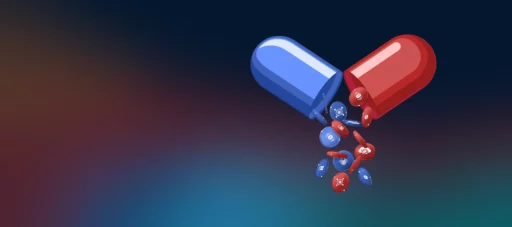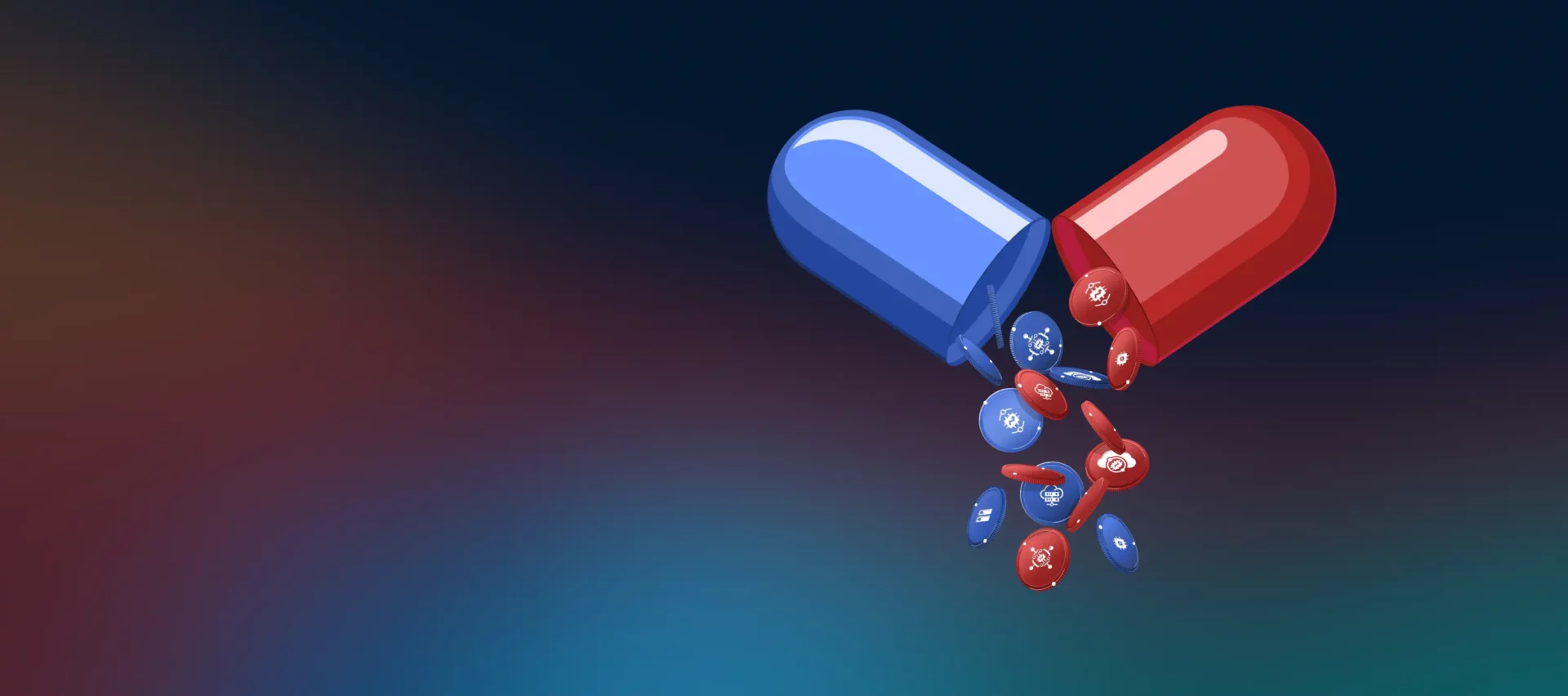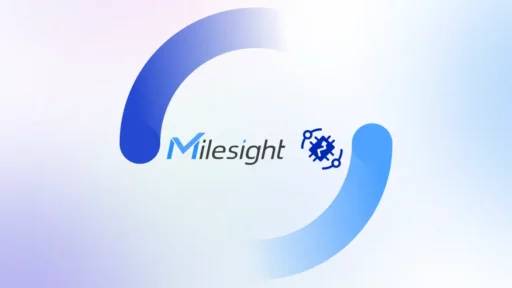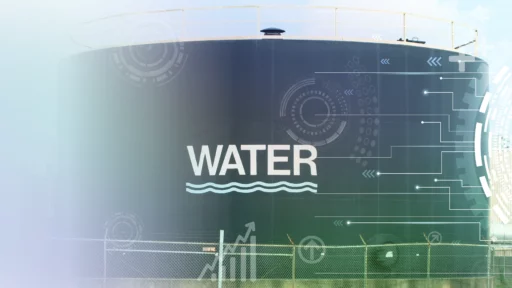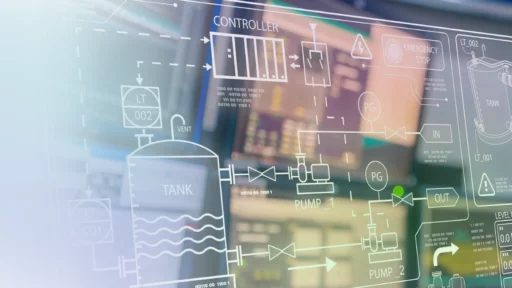This is your last chance. After this, there is no going back. You take the blue pill – the story ends, you wake up in your bed and believe whatever you want to believe. You take the red pill – you stay in Wonderland, and I show you how deep the rabbit hole goes.
Morpheus, The Matrix
For years, the IoT world took the blue pill of centralized computing. It is familiar, flexible, and scalable. All the good reasons to trust the “Matrix”. However, as the demand for real-time responsiveness increases, relying solely on cloud computing is no longer always sufficient. Therefore, the need to choose the appropriate computing approach emerges.
In this article, we explore the differences between Edge and Cloud computing, including the combination of both, and decide on the best-fit approach.
The difference that lies on the surface
If we put aside all textbook definitions, the core difference between Edge and Cloud is in proximity to devices:
- Cloud computing processes data in remote data centers.
- Edge processes data locally, prioritizing speed and autonomy.
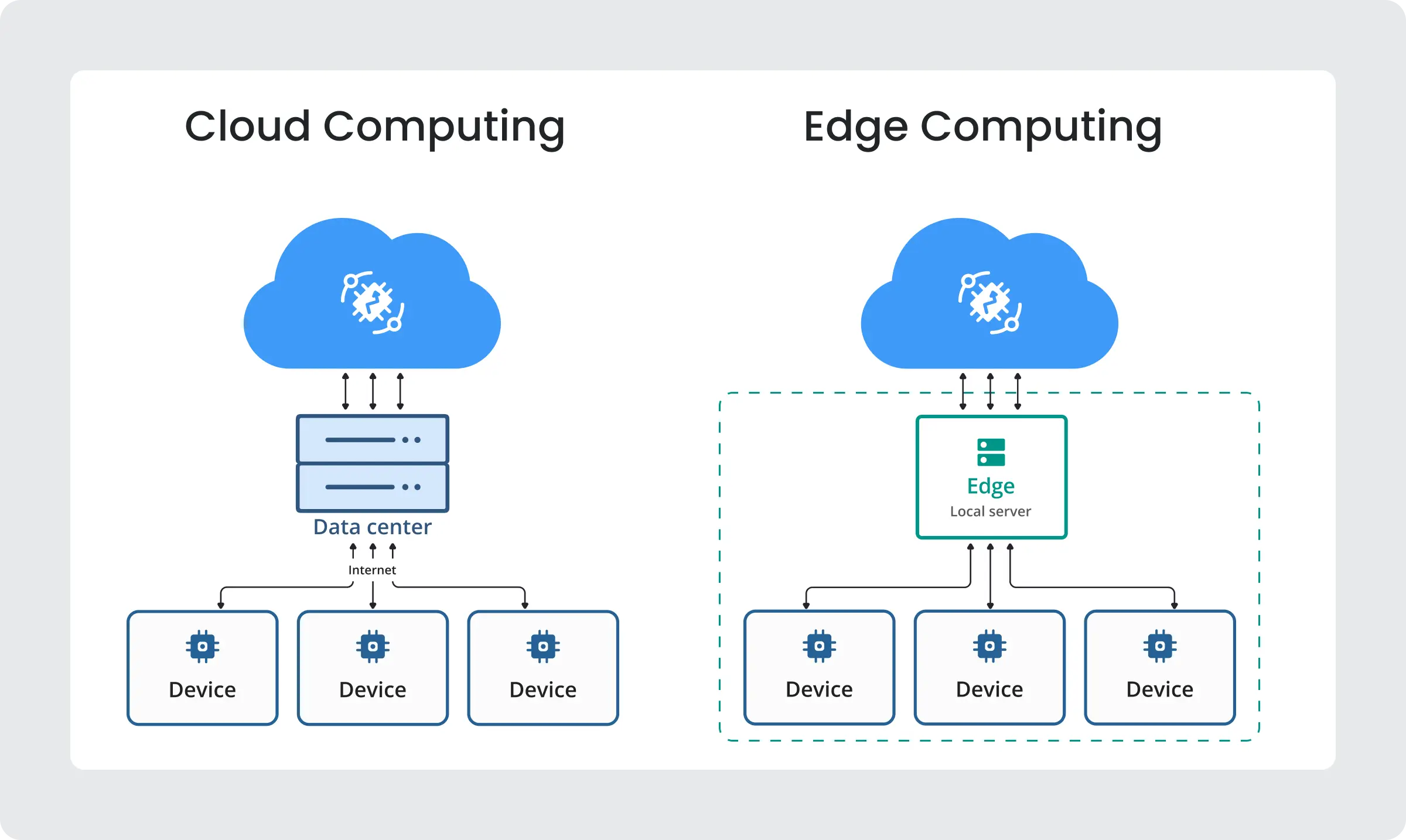
In addition to Cloud and Edge, there is also a hybrid concept known as Fog computing. It extends the capabilities of Cloud computing closer to the data source, without being at the edge of the internet itself. In short, Fog computing takes a middle ground between two extremes, being faster than cloud and more centralized than Edge.
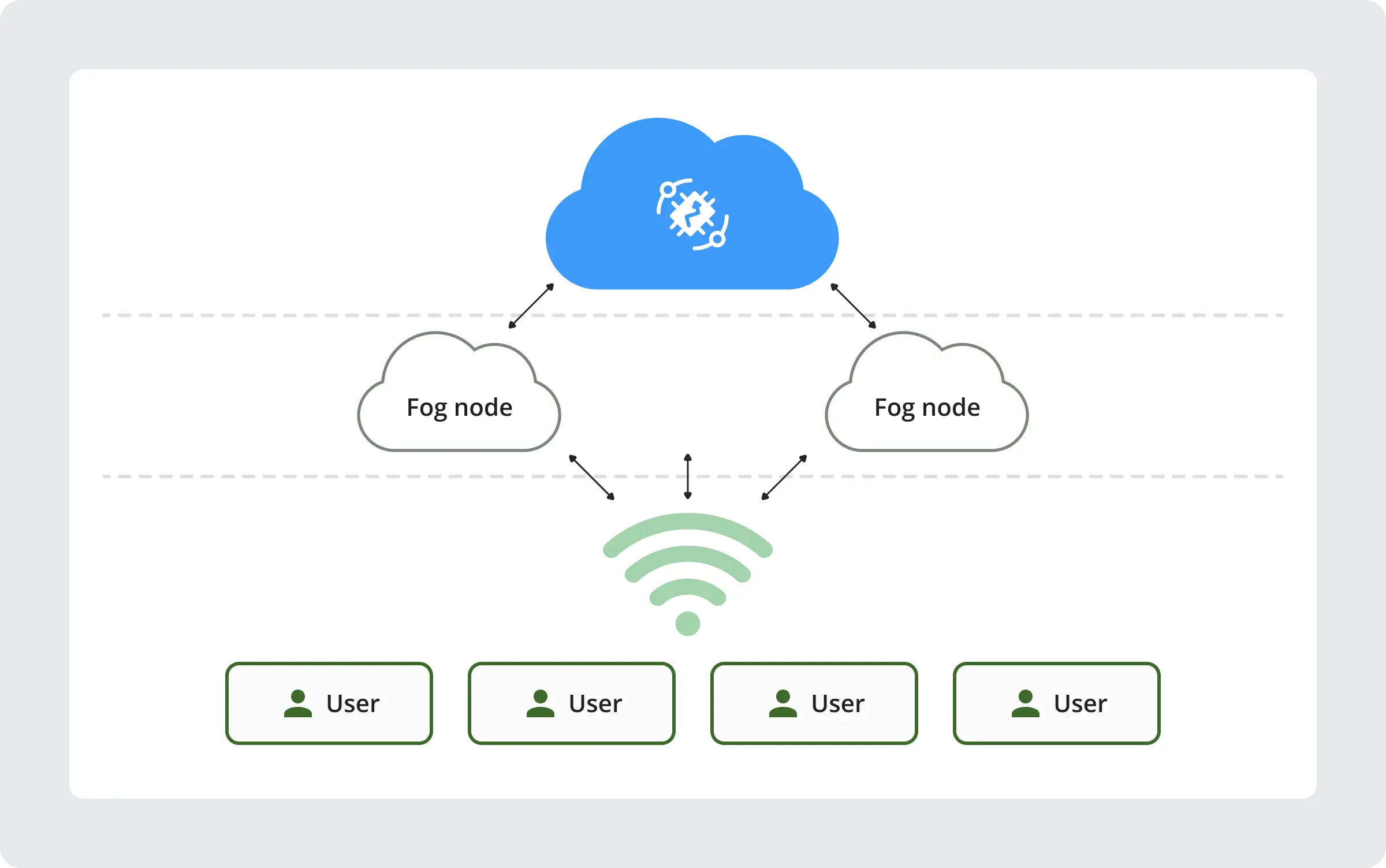
Numbers matter
Let’s take a closer look at how each computing approach performs across key operational metrics. Understanding these technical specifications will help you:
- grasp how quickly your system reacts;
- how much data it can handle;
- and how reliable it is when things go sideways;
Although performance depends on location, network connection, and other factors, we can estimate:
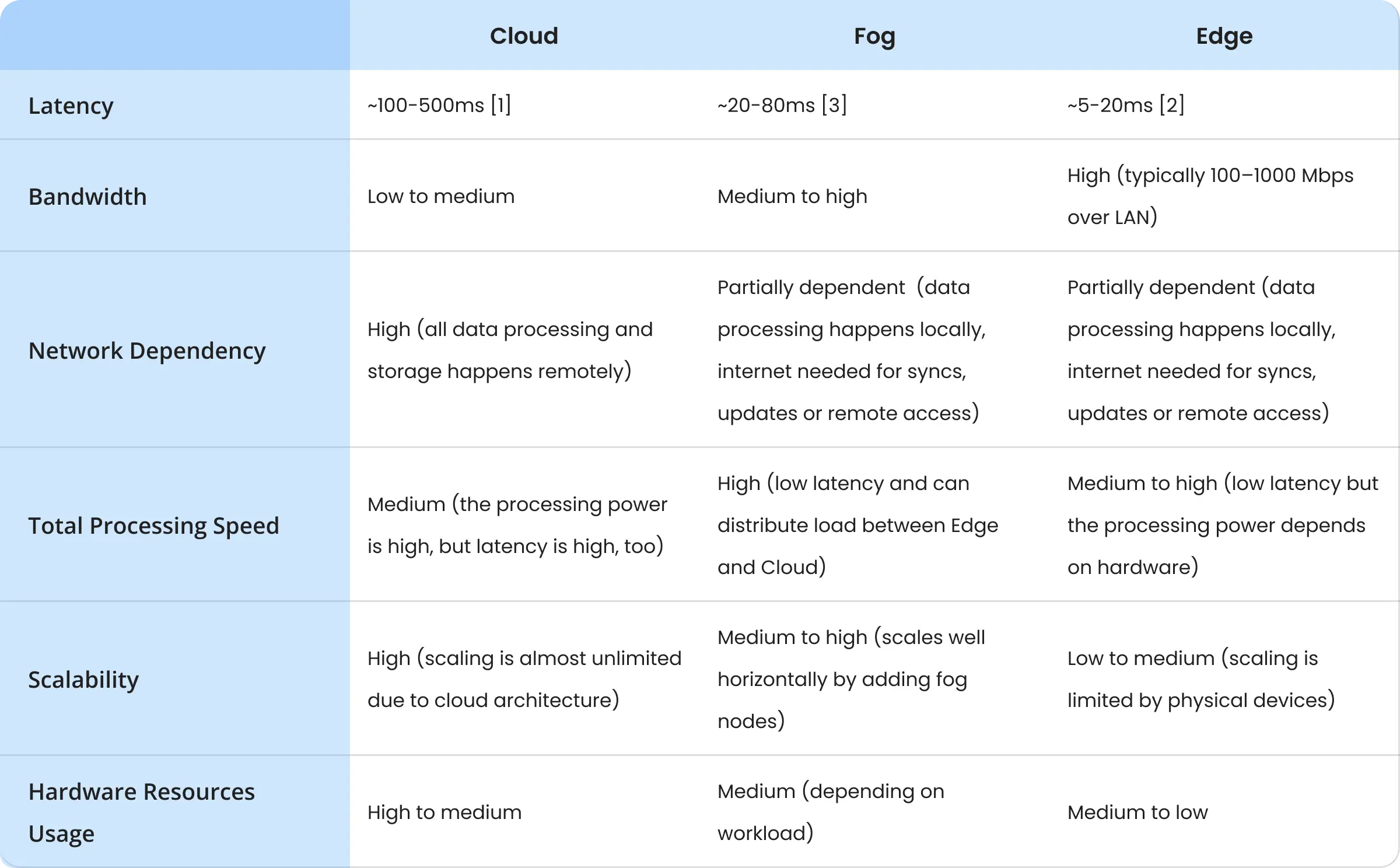
Table 1: Key operational metrics comparison
Business context
So, you may say, “Well, that’s cool, but how can I know what’s best for me?” and you’d be right.
In addition to the above parameters, we need to understand the major requirements that dictate the optimal computing approach for different scenarios.
In an industrial environment you don’t start with “Cloud or Edge?”. You start with questions like:
- How fast must we detect and react to a critical event?
- What are the operational, financial, or human risks of delay?
- Can the system tolerate cloud latency, or must it run autonomously?
- What regulatory or data sovereignty concerns are involved?
You know that every millisecond of delay can translate into spoiled goods, equipment damage, SLA violation, or even loss of life. The consequences might be tremendous.
Let’s see for ourselves:
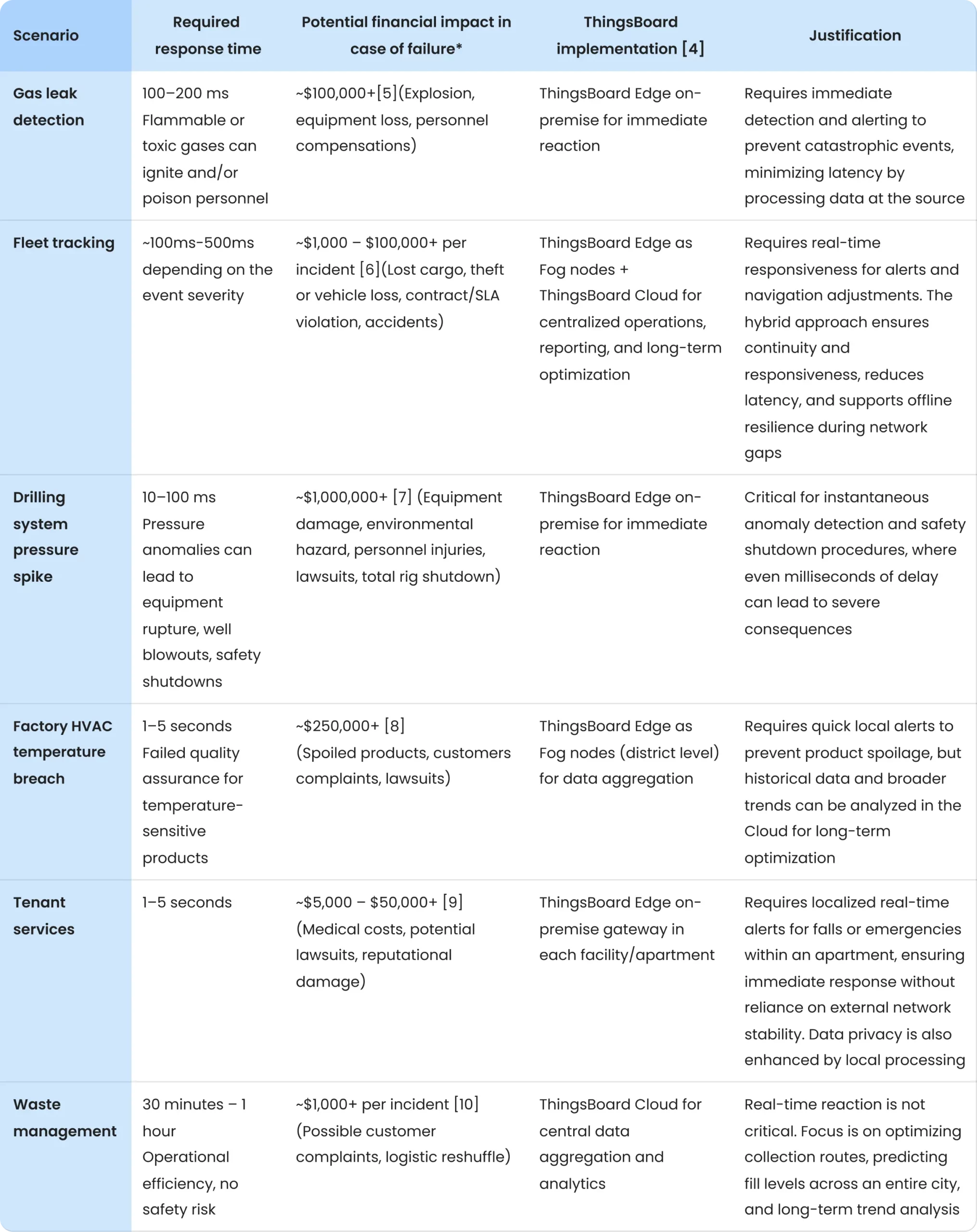
Table 2: The application map to computing paradigms
*Note that these are minimum estimates. The actual costs, especially for catastrophic events, can be much higher. The severity of events, scale of operations, and regulatory environments directly affect the impact.
Conclusion: Choosing your pill
Correctly assessing business needs and risks and choosing the right computing concept can prevent tragedies. Moreover, due to flexibility of computing paradigms, organizations with limited IT staff or capital expenditure (CAPEX) can start with cloud-only or open-source models and extend as their operational footprint grows.
As we return to Morpheus’s choice, we realize the question isn’t whether to take the red pill or the blue pill. The question was never “What to choose?”, it’s always been “Why and when?”. In the IoT world, we need all three pills: the red pill of Edge computing for immediate reality, the blue pill of Cloud computing for familiar scalability, and perhaps a purple pill of Fog computing that bridges both worlds.
Want to see how it works in practice?
Explore ThingsBoard’s case studies or request a tailored demo to see how Edge, Cloud, and hybrid architectures come together in a real-world IoT solution.
Literature resources
- Azure network round-trip latency statistics
- “Edge, Fog and Cloud Computing framework for flexible production” Federico Briatore, Mattia Braggio
- “Fog Computing Conceptual Model” Michaela Iorga, Larry Feldman, Robert Barton, Michael J. Martin, Nedim Goren, Charif Mahmoudi
- ThingsBoard official documentation
- The burden of natural gas leaks on public sector emergency response in the United States Casey N. Brodsky, Matthew D. Bucala, Sebastian T. Rowland, Drew R. Michanowicz
- Guidelines for Employers to Reduce Motor Vehicle Crashes, report by Occupational Safety and Health Administration
- Offshore oil is back. At what cost? Myles McCormick, Jamie Smyth
- Protecting HVAC Systems From Cybersecurity Threats From ASHRAE Journal Newsletter
- Cost Savings with Predictive Maintenance in Residential Tenanted Properties
- Smart Waste Management Stats: How Cities Are Using IoT Bins Bao Tran
